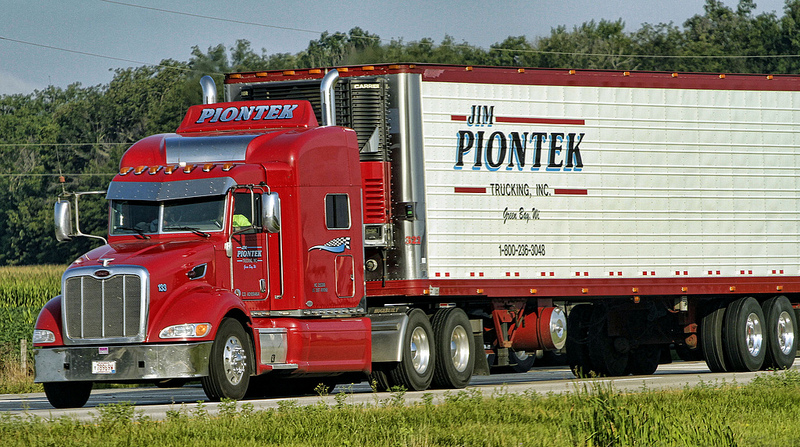Even if you own a driving license for vehicles such as cars, buses, etc, you are required to go through special training when it comes to handling large trucks. The training focuses mainly on helping future truck drivers not only with handling the truck while driving, but also knowing how to drive around other vehicles on the road, including other trucks.
Large trucks that we often see roaming the outskirts have 18 wheels and are quite long. They are used for various purposes, such as helping in construction or with delivery of goods.
This article will help you to understand some safety points regarding operating a truck, especially when you are driving on national highways or other such busy roads.

Space Cushion
Space cushion does not mean that you use some cushions that help you to sit comfortably or protect you against accidental collisions. “Space cushion” is the term that is used in describing the way drivers should operate their trucks, especially when there are many vehicles around it. It is a driving tactic in which the driver should maintain some distance between other vehicles, even while the truck is at rest.
Drivers should also pay attention to the following:
- The height and elevation of the tunnels, low clearances, overpasses, etc.
- Surface of the road that slopes down, uneven surfaces, speed bumps, potholes, road hazards, precipitation and slipperiness, etc. Even more importance should be given to the weight limit set for that particular road.
- Maintaining free space, especially between the truck and the vehicle that is moving in front of it
- Space between the back end of the truck and the vehicle that is following
- Side spaces while driving, and also while parking the truck in spaces where there are no partitions between parking spots.
Other Tips
There is some additional information that should be followed while driving a truck and it is listed below.
Buckle Up
The seatbelt is a piece of protective gear that is designed to reduce around 70% to 80% of the overall effect of an accidents. However, some myths state that a proficient driver does not need to wear a seatbelt, which is simply not true.
Truck Driving Conditions
This is an important factor that should be considered, when you are planning to drive a long way to deliver the goods. Instead of leaving late and speeding all the way, even though you are a skillful truck driver, the safest way is to obey speed limits, especially when you are driving on wet roads.
Blind Spots
Blind spots should never be neglected while driving a truck. Instead of trusting the fellow passenger to be on your blind spot, it is suggested to keep checking the mirrors at least every 6 to 8 seconds.

